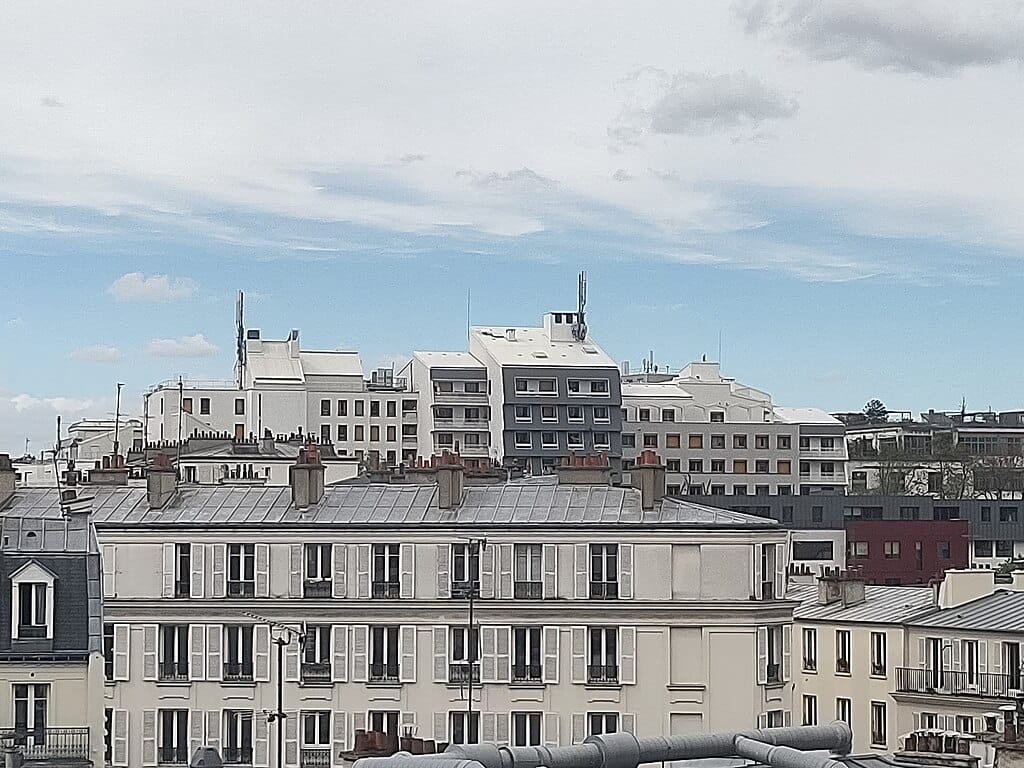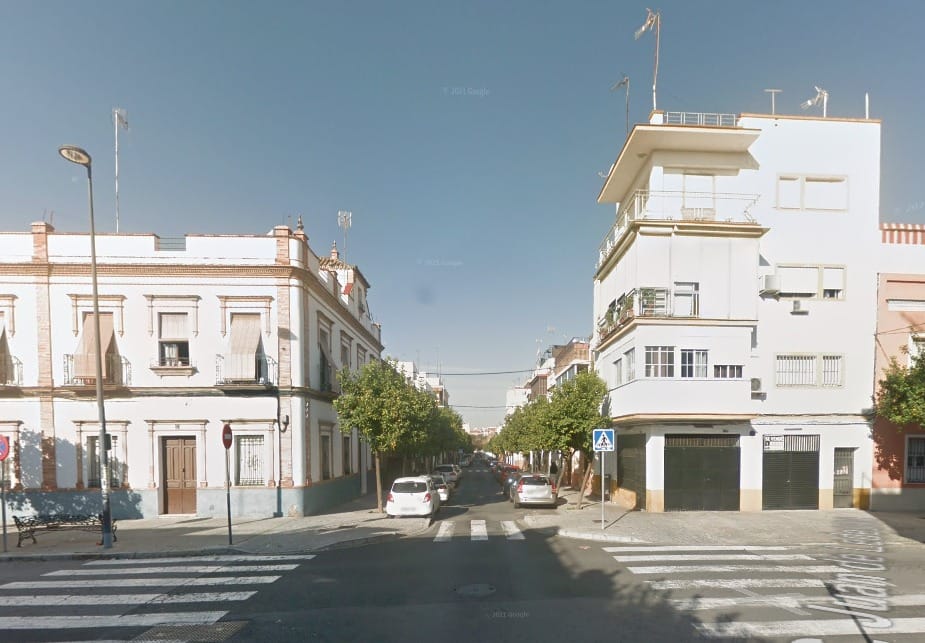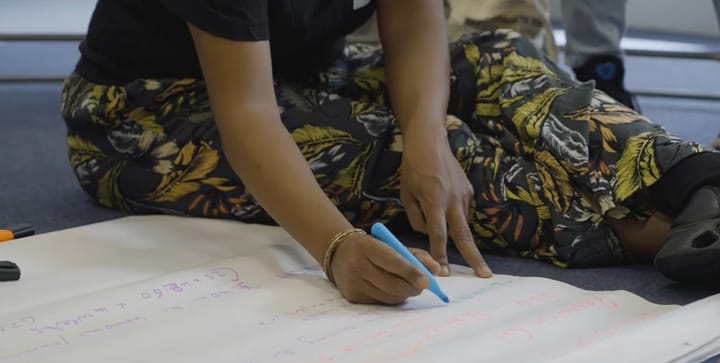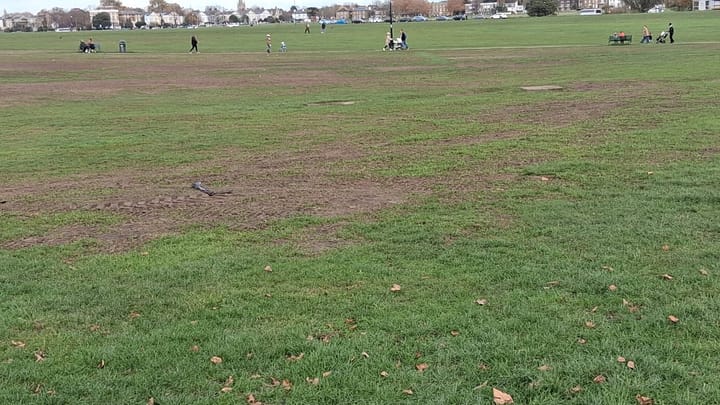Cool roofs - could they work for London?
Cool roofs are light coloured and designed to reflect heat, the simplest just a coat of white paint. They have been used for centuries in some parts of the world and are now taking off in the US.

Atlanta, Georgia has mandated cool roofs on all new buildings with both flat and sloped roofs, and encourages them as a retrofit measure on existing buildings.
This cheap and simple passive cooling technology is being used in cities across the US.
Dr Radhika Khosla is Associate Professor at Oxford University's Smith School of Enterprise and Environment and has led research on cooling in urban environments, energy demand and sustainable development.
“Cool roofs are a cost-effective and relatively straightforward way to reduce heat gains inside a building," she says.
"They can significantly lower internal temperatures, reducing cooling costs and contribute to sustainability certifications, making indoor environments much more comfortable."
Could they work in London?
"For built up cities like London, they should be considered on a case by case basis, but they would serve benefits wherever they are deployed.
"They are particularly effective when used on buildings with a wide roof space such as warehouses."
Salamander asked Lewisham council whether it would consider promoting cool roofs as a cost-effective “passive cooling” measure.
Louise Krupski, Deputy Mayor and Cabinet Member for Environment, Transport and Climate Action referred to Local plan policy SD5, which itself refers to the GLA cooling hierarchy.
The cooling hierarchy encourages "orientation, shading, albedo, fenestration, insulation and green roofs and walls" as passive cooling measures.
Although there has been research on the value of cool roofs for London, and even a planned retrofit taskforce to be led by engineering giant ARUP, Salamander has not found any examples of cool roofs implemented as a retrofit measure.

Khosla placed cool roofs within the range of passive cooling techniques which also includes "shading and planting trees to shield buildings from the sun, increasing ventilation, and installing awnings or window shutters.
"These methods – many of which have been employed for centuries in countries more used to dealing with heat – will be an essential part of our adaptation efforts as we battle the rising impacts of heat from human caused climate change.”



